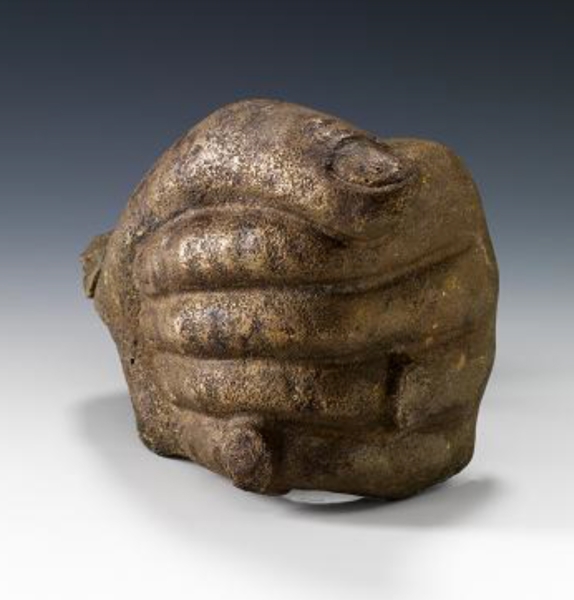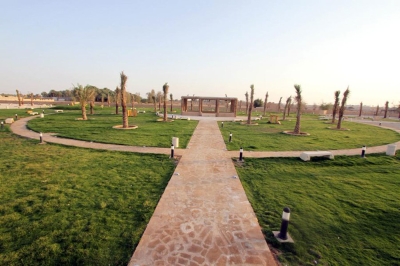
The Bronze Fist is an artistic piece consisting of a wrist, a clenched hand, and five fingers made of bronze with a rough outer texture. The fingers are tightly closed together, secured by the thumb, and a ring is visible on the ring finger. It was discovered in the archaeological Qaryat al-Faw, a site rich in historical artifacts from past civilizations, located in the southeastern part of Wadi ad-Dawasir Governorate in Riyadh Province, in the Kingdom of Saudi Arabia.
Dimensions of the bronze fist
Length: thirteen cm.
Width: ten cm.
Height: twenty-four cm.
History of the bronze fist
The bronze fist dates back to the third century BCE and is preserved at the Museum of the Archaeology Department at King Saud University in Riyadh. It is registered under the number 84 – 149 F 5/240.
The discovery of this fist is one of the results of archaeological survey and excavation efforts carried out by the antiquities and museums sector in Saudi Arabia in past years. It is among the findings of Saudi archaeologists and scientific missions.
Significance of the bronze fist
Metal artifacts are considered fundamental indicators of artistic advancement. This bronze fist is distinguished by its high level of realism and the meticulous detailing in sculpting the fist and the ring adorning it.
Related quizzes
Related articles

